about us
 We started collecting meteorites in the summer of 1998. Within a few years, we came to notice an event that kept recurring: a large meteorite would be discovered, purchased, and then be completely cut up and distributed. It seemed to be the natural and accepted order of things, and we didn’t question it, at first.
We started collecting meteorites in the summer of 1998. Within a few years, we came to notice an event that kept recurring: a large meteorite would be discovered, purchased, and then be completely cut up and distributed. It seemed to be the natural and accepted order of things, and we didn’t question it, at first.
Some of those meteorites were relatively ugly lumps. But some of them were spectacular, beautiful meteorites. Many of them – even the pretty ones – were cut up and, in many cases, no photos of them were even taken. No one seems to know what the 36 kilogram main mass of Tafrawet looked like, but from the surviving endcut that we managed to acquire, we know that it was a spectacularly fresh, fusion-crusted iron with a sculptural shape.

Many other stones and irons have suffered similar fates. Other main masses and large complete meteorites that we’ve seen cut up include Twodot, Fredricksburg (Richland), Ziz, Wagon Mound, Zargaroza, Morasko, Saint Aubin, Lahoma, Ash Creek, Mifflin, Aldama (a), Viedma, Dumont, Wellman (f), Harriman (of), Winner, Sterley, Lueders, Tahoka, Kress (d), Lamesa (b), Conception Junction, Coffeyville, Whetstone Mountains, Portales Valley, Covert, Nothing, Glorietta Mountain, and countless important NWA irons and stones. The point: it’s a long (and incomplete) list.
A select few of these meteorites were at least photographed and documented prior to cutting.
I don’t wish to point fingers by naming these meteorites, for a few reasons. Firstly, people are entitled to do what they wish with items that they own. If someone wants to turn a profit from a meteorite that they have found or bought, they are fully justified in doing so. Second, the cutting is often done by parties far down the chain of ownership of a given meteorite. In some cases, institutions cut important meteorites to make material for research.
But, it is important to ask the question: why were these meteorites cut up? In the vast majority of cases, it wasn’t done for science, or to ‘share with collectors,’ per sé. Meteorites are almost always cut up by meteorite dealers because it is easier to sell or trade a number of small pieces of a meteorite than it is to sell one larger one. Especially at a higher price, per gram.
It doesn’t just happen to larger meteorites. The same principle is the driving force behind the division of smaller specimens from historic or rare falls like L’Aigle, Mifflin, and especially meteorites that are simply worth more by weight, like Lunar or Martian stones. When a micro might fetch upwards of $10/mg, sales of intact meteorites or larger specimens simply can’t compete.
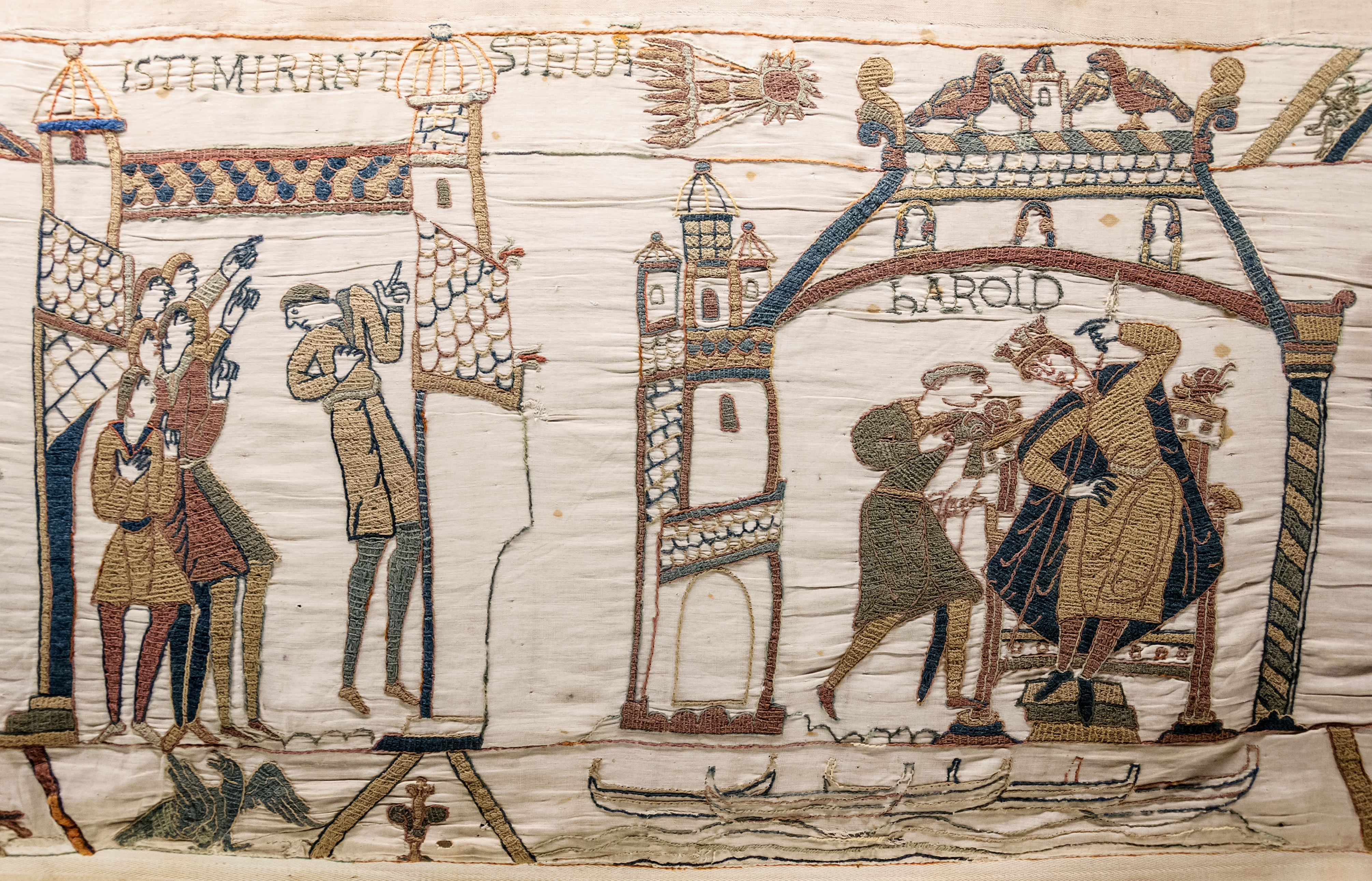
Within a few years of buying our first meteorite, we made it our goal to prevent this from happening, as best we could. We understand that meteorites are a valuable scientific resource, and have resolved to keep an entire generation of meteorites from being, for lack of a better word, destroyed.
Cutting a meteorite is an action that can never be undone. Dicing a rock that has survived the perils of four and a half billion years in unsympathetic space, solely for the sake of profit, seems wrong to me. I understand the motivations behind it, and I can sympathize with the fact that, sometimes, ends must be met. But these rocks should lie outside the realm of our worldly troubles. Left intact, they contain untold possibilities for research and discoveries that shadow our present knowledge. Science is ever expanding and accelerating in its quest to discover and understand the mechanisms that created our solar system and ultimately led to the development of sentient life on earth. These celestial rocks are the raw material necessary to fuel those discoveries.
A hundred years ago, a crude bulk analysis of a sample required ten or twenty grams of a meteorite. Now, methods like neutron activation and ICP-MS use a fraction of a gram of material to obtain much more informative and accurate results. Securing and preserving material for research should be an important concern of every collector and institution today.
In past decades and centuries, institutions satisfied the role of ‘conservationist’ by acquiring large complete meteorites in order to build up prestigious collections that might be used for study and public education. They also acted as repositories for what were then regarded as artifacts of great scientific interest. Now that we people better understand meteorites, we revere them less, and apparently have little incentive to keep them intact. Institutions in many cases now lack the funds to purchase large complete meteorites, and instead offer pieces from their centuries of preserved specimens in exchange for specimens of new and interesting falls and finds.
But these institutions, in most cases, cannot replace this inventory, acquired before meteorites became a commodity.
Our collection will never come close in breadth to those of many institutions, but we believe our mission to be important, nonetheless. We consider it our calling to preserve the meteorites of today as best we can so that future generations might have more to look at and study in the years to come.
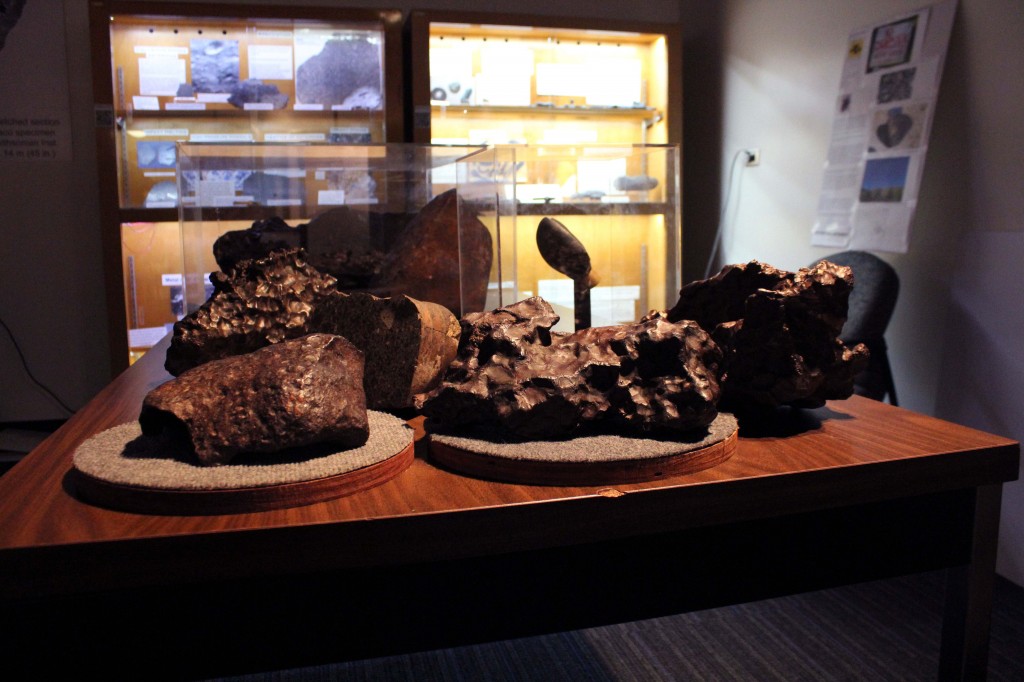
We understand that many collectors might want a piece of a given meteorite for their collection, and as such, have opted to take a middle road when possible. We offer some pieces of the meteorites we are trying to save from cutting for sale primarily to recoup some of our costs. But instead of entirely dicing up the meteorites we buy intact, especially with more important meteorites, we may remove an extra slice or two when sampling a meteorite for analysis. We always keep more than half of a new meteorite intact, and usually refrain from cutting in general, except for analysis.
To date we have given educational lectures in schools at nearly every level (elementary, middle, high school, and university). The faculty at UCLA graciously allowed us to display a portion of our collection at the 2002 Meteoritical Society meeting in Los Angeles, and we have participated at the annual Cal Day outreach program hosted by UC Berkeley since 2009, and the Exploring Your Universe events at UCLA since 2010. A personal find is currently on indefinite loan at Griffith Observatory and we are looking for more institutions in need of meteorites for displays. We were featured in a 2000 Jean Afanassieff documentary, Chasseurs de Météorites, on the recovery of the Chinga meteorites and the hardships that meteorite hunters endure in the Russian Taiga.
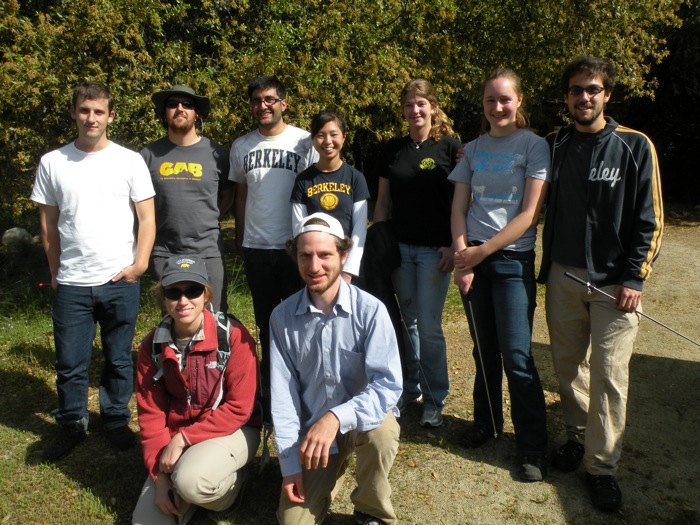
Our team ultimately recovered eight distinct stones from the fall with a combined weight of nearly 60 grams.
We have ‘saved’ a number of meteorites from cutting, including the main masses of Burns, Camp Wood, Buffalo Gap, San Ignacio (prov.), Bunker Hill, Carancas, Saint Augustine, La Luz, and a number of other non-NWA meteorites. We have also kept intact the remaining four largest masses of Ziz, as well as many other large, complete NWA meteorites. In some cases, we directly outbid dealers hoping to section particular meteorites.
While we started collecting meteorites in 1998, we went on our first meteorite hunts in 2000. At first, we didn’t really have a good idea of what we were doing; it took us several days to find our first meteorite at Gold Basin, in Arizona. In 2002, we found our first new meteorite. It was promptly followed by several more new California stones. We have taken pains to document all of our finds, recording the GPS locations of every find, making meticulous trip logs and taking many photographs. Over the years, we’ve successfully chased several witnessed falls and have found some thousands of meteorites, including several new American achondrites.
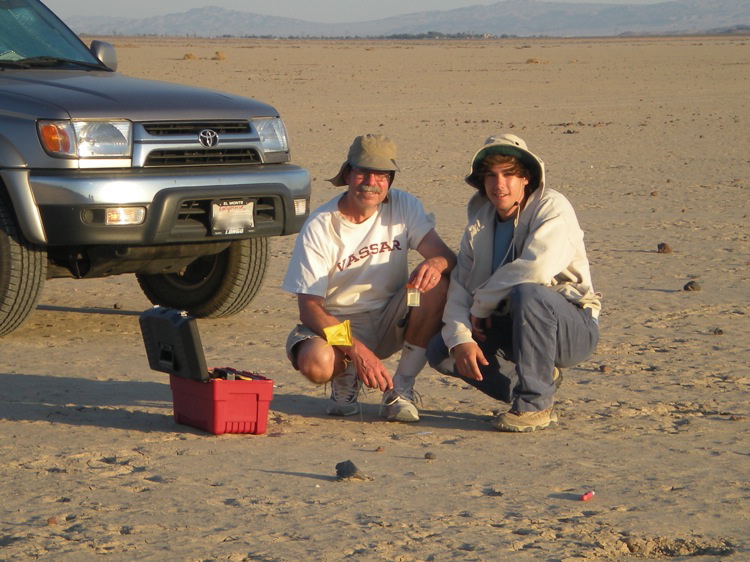
Other things we’re working on…
Jason is currently researching meteorites at UCLA.
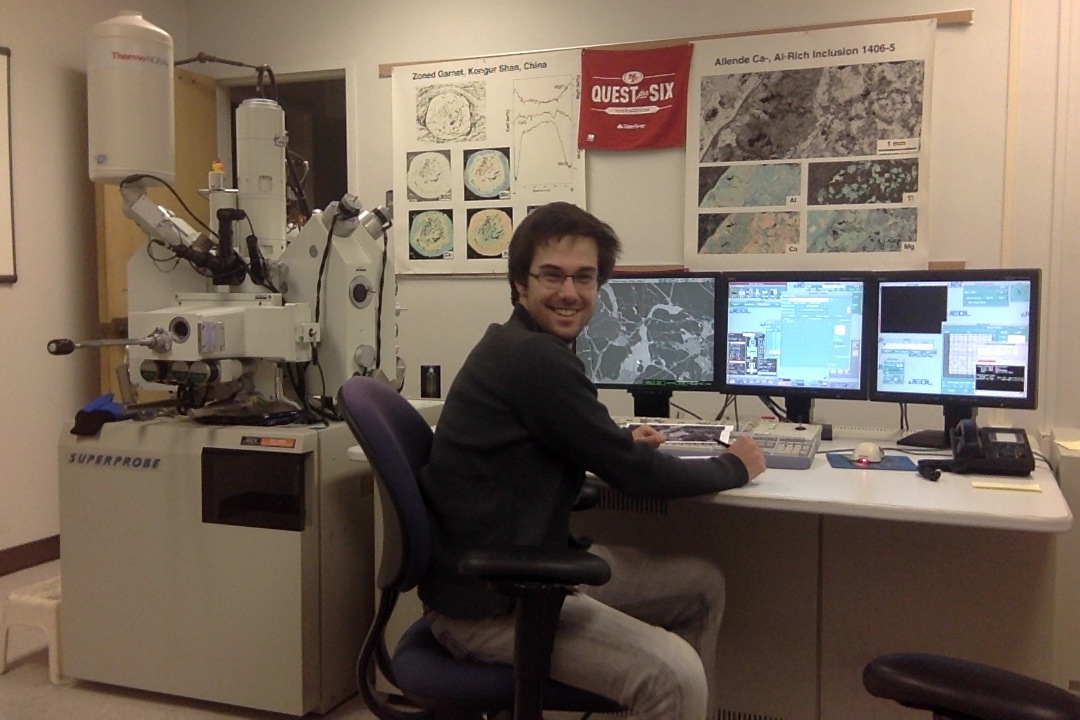
He also helps to edit meteoritics-related papers for “meteorites” – the first open-access (free!) journal devoted to meteorites. You can click on the banner below to see what’s going on!
Peter is currently working with the staff at UCLA to help set up an on-site educational display of meteorites that will be open to the public. As of January 10, 2014, the museum is open, and weekend talks and events are periodically scheduled. Click below to see what’s going on!
We are members of the Meteoritical Society, a non-profit international organization dedicated to fostering research on meteorites and education in related fields.

